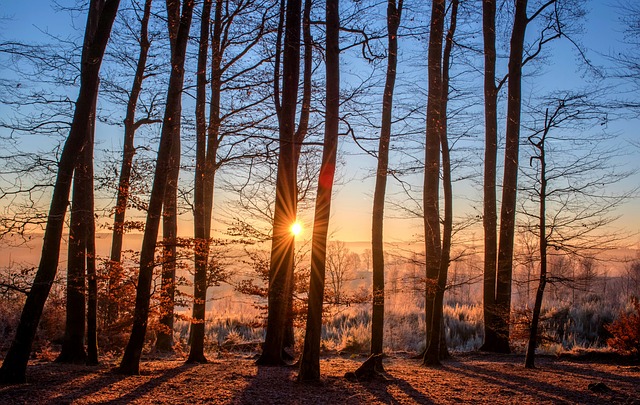Prélude á l’après-midi d’un faune
- 1.Prelude a i'apres-midi d'un faune Accompaniment0:51
- 2.Prelude a i'apres-midi d'un faune Accompaniment + Melody1:10
Prélude á l’après-midi d’un faune known in English as Prelude to the Afternoon of a Faun, is a symphonic poem for orchestra by Claude Debussy, approximately 10 minutes in duration. It was first performed in Paris on 22 December 1894, conducted by Gustave Doret. The flute solo was played by Georges Barrère. This version is for solo flute with piano accompaniment.
Debussy’s work later provided the basis for the ballet Afternoon of a Faun choreographed by Vaslav Nijinsky and a later version by Jerome Robbins.
Prélude á l’après-midi d’un faune was inspired by the poem L’après-midi d’un faune by Stéphane Mallarmé. It is one of Debussy’s most famous works and is considered a turning point in the history of music; Pierre Boulez considered the score to be the beginning of modern music, observing that “the flute of the faun brought new breath to the art of music.”
About his composition Debussy wrote:
The music of this prelude is a very free illustration of Mallarmé’s beautiful poem. By no means does it claim to be a synthesis of it. Rather there is a succession of scenes through which pass the desires and dreams of the faun in the heat of the afternoon. Then, tired of pursuing the timorous flight of nymphs and naiads, he succumbs to intoxicating sleep, in which he can finally realize his dreams of possession in universal Nature.[4]
Paul Valéry reported that Mallarmé himself was unhappy with his poem being used as the basis for music: “He believed that his own music was sufficient, and that even with the best intentions in the world, it was a veritable crime as far as poetry was concerned to juxtapose poetry and music, even if it were the finest music there is.” However, when Debussy invited Mallarmé to attend the premiere performance, Mallarmé wrote to Debussy afterwards: “I have just come out of the concert, deeply moved. The marvel! Your illustration of the Afternoon of a Faun, which presents a dissonance with my text only by going much further, really, into nostalgia and into light, with finesse, with sensuality, with richness. I press your hand admiringly, Debussy. Yours, Mallarmé.”
Purchase includes: Mp3 Audio Tracks
- Accompaniment (1 bar click as introduction to the flute solo)
- Accompaniment + Melody. (1 bar click as introduction to the flute solo)
€3,50
Product Description
Prélude á l’après-midi d’un faune known in English as Prelude to the Afternoon of a Faun, is a symphonic poem for orchestra by Claude Debussy, approximately 10 minutes in duration. It was first performed in Paris on 22 December 1894, conducted by Gustave Doret. The flute solo was played by Georges Barrère. This version is for solo flute with piano accompaniment.
Debussy’s work later provided the basis for the ballet Afternoon of a Faun choreographed by Vaslav Nijinsky and a later version by Jerome Robbins.
Prélude á l’après-midi d’un faune was inspired by the poem L’après-midi d’un faune by Stéphane Mallarmé. It is one of Debussy’s most famous works and is considered a turning point in the history of music; Pierre Boulez considered the score to be the beginning of modern music, observing that “the flute of the faun brought new breath to the art of music.”
About his composition Debussy wrote:
The music of this prelude is a very free illustration of Mallarmé’s beautiful poem. By no means does it claim to be a synthesis of it. Rather there is a succession of scenes through which pass the desires and dreams of the faun in the heat of the afternoon. Then, tired of pursuing the timorous flight of nymphs and naiads, he succumbs to intoxicating sleep, in which he can finally realize his dreams of possession in universal Nature.[4]
Paul Valéry reported that Mallarmé himself was unhappy with his poem being used as the basis for music: “He believed that his own music was sufficient, and that even with the best intentions in the world, it was a veritable crime as far as poetry was concerned to juxtapose poetry and music, even if it were the finest music there is.” However, when Debussy invited Mallarmé to attend the premiere performance, Mallarmé wrote to Debussy afterwards: “I have just come out of the concert, deeply moved. The marvel! Your illustration of the Afternoon of a Faun, which presents a dissonance with my text only by going much further, really, into nostalgia and into light, with finesse, with sensuality, with richness. I press your hand admiringly, Debussy. Yours, Mallarmé.”
Purchase includes: Mp3 Audio Tracks
- Accompaniment (1 bar click as introduction to the flute solo)
- Accompaniment + Melody. (1 bar click as introduction to the flute solo)









